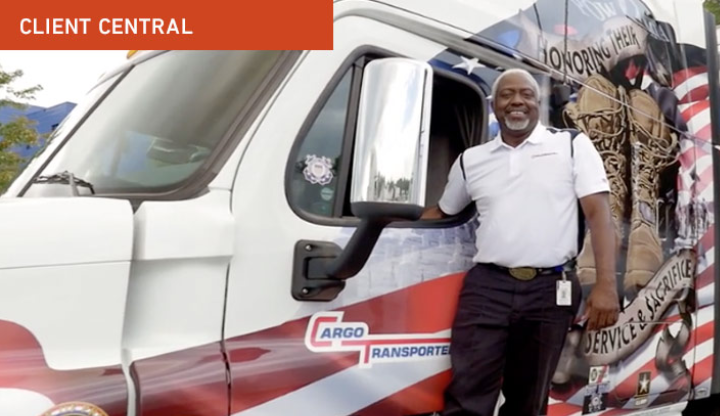Here’s a common scenario for you: A driver cuts in front of a moving commercial vehicle without signaling and slams on the brakes, causing a rear-end collision. Or, a motorist signals a commercial driver to go ahead and merge, only to collide with the driver when he or she does merge.
While these “accidents” may seem innocent enough, they’re quite intentional. They’re called “swoop and squat” scams. They target commercial vehicles for easy money, and they’re on the rise.
According to the National Insurance Crime Bureau (NICB), staged collisions are “a big business” that occur on U.S. roads and highways daily. The bureau estimates that as many as one in 10 insurance claims is fraudulent.
Swoop and squat scams often result in fraudulent claims ranging from $2,000 to $10,000, as culprits strive to emerge with a quick settlement that avoids the scrutiny of insurers, stated the NICB, according to The Post and Courier. Perpetrators often target commercial vehicles because they’re typically well insured.
“I think it’s definitely easier to make fraudulent claims today than it has been in the past,” said Shawn Brown, vice president of safety and recruiting at Cargo Transporters, based in Claremont, N.C. “It’s a sad reality. Fraudulent claims are rampant in the trucking industry, so we set out to reduce them. It’s worked for us.”
Video ‘flips the script’ on fraudulent claims
How has it worked exactly? In 2011, Cargo Transporters invested in the Lytx Driver Safety Program to help protect against fraudulent claims and other types of collisions. The program has helped tremendously, Brown said.
In one case, for example, a vehicle in the Northeast cut across the front bumper of a Cargo Transporters truck while the truck driver was maintaining his lane, colliding with him. The driver of the other vehicle hired an attorney, but once the attorney saw the DriveCam video clip, the case was dropped.
“The [Lytx Driver Safety] Program records triggered events,” Brown said. “That means we’re able to identify vehicles that hit us and flip the script on them.”
Having video evidence of a fraudulent claims collision accomplishes two things, Brown said. “First, it exonerates our drivers of liability. Secondly, it allows us to make a claim for damage caused to our truck. We go from paying out money to receiving money in some circumstances.”
Adding video telematics to Cargo Transporters’ safety program “has enabled us to see what really happened,” Brown said. “The video tells the truth.”
This insurance industry white paper promotes the use of telematics programs such as the Driver Safety Program to protect against fraudulent claims. “The ability of telematics devices to provide vast amounts of real-time data on the vehicle also opens new possibilities for auto insurers to verify claims and identify attempts at scam,” the white paper states. “Insurers now have access to facts about the vehicle and driving that can be analyzed to uncover the real story and catch fraudulent claims instead of paying out huge amounts in fake claims.”
By using the power of telematics to their advantage, the white paper adds, “insurers can now get clear answers in situations of ambiguity that could involve fraud.” Telematics programs with the addition of video can bolster a fleet’s case all the more by showing exactly what happened during the incident.
Return on investment
The return-on-investment for fraudulent claims can’t be measured in a single dollar amount. But for Cargo Transporters, the ROI is measured by how many claims the company has avoided even being part of, thanks to clear-cut video evidence showing the company wasn’t at fault.
“I always tell people, the potential ROI is what it could have been,” Brown said. “The reality is, we’re avoiding unnecessary claims by having the DriveCam safety program in the truck. As Cargo Transporters continues to grow and increases its footprint, we’re decreasing the amount of fraudulent claims.”
Watch this Cargo Transporters video for more on the company’s success in using video to protect against fraudulent claims.
